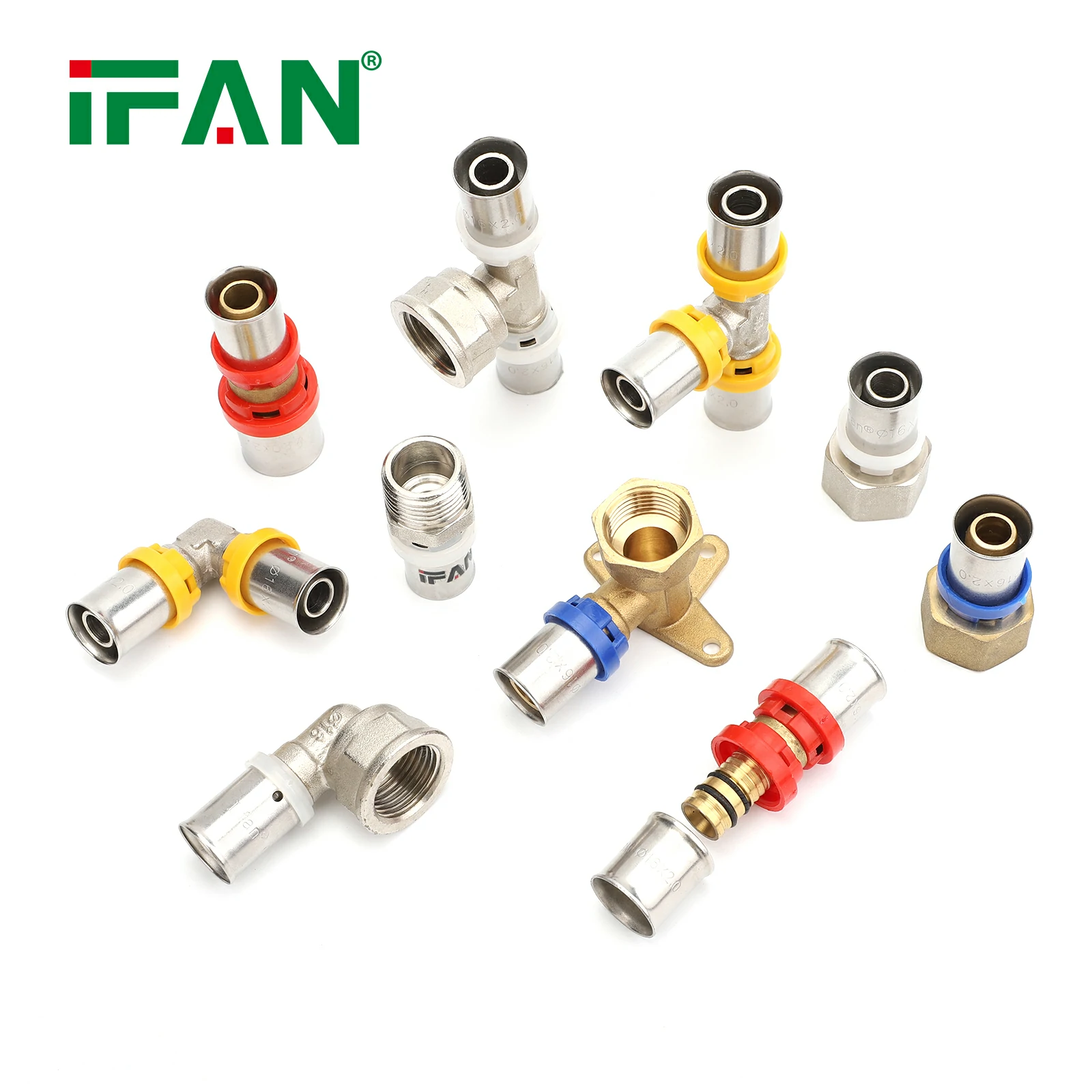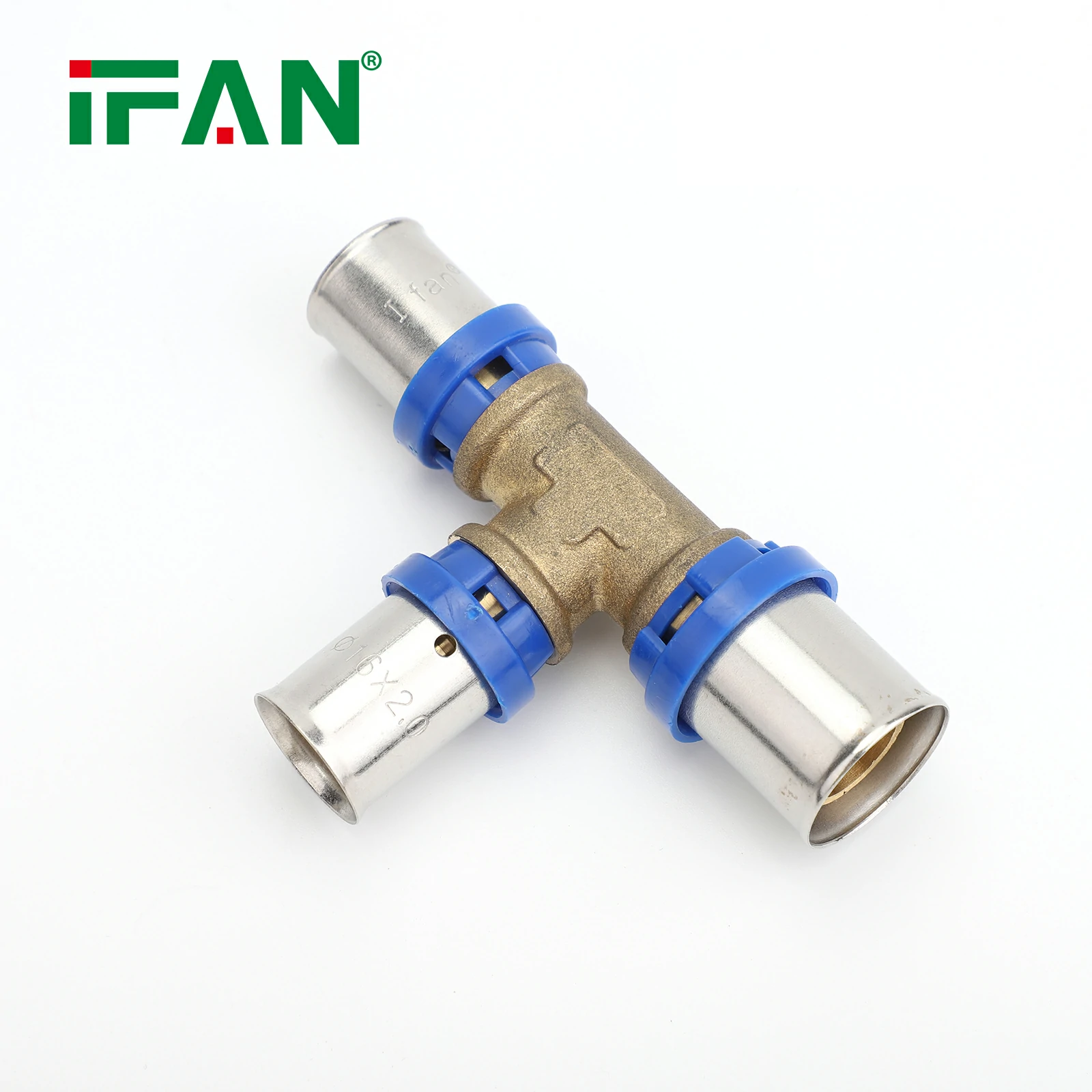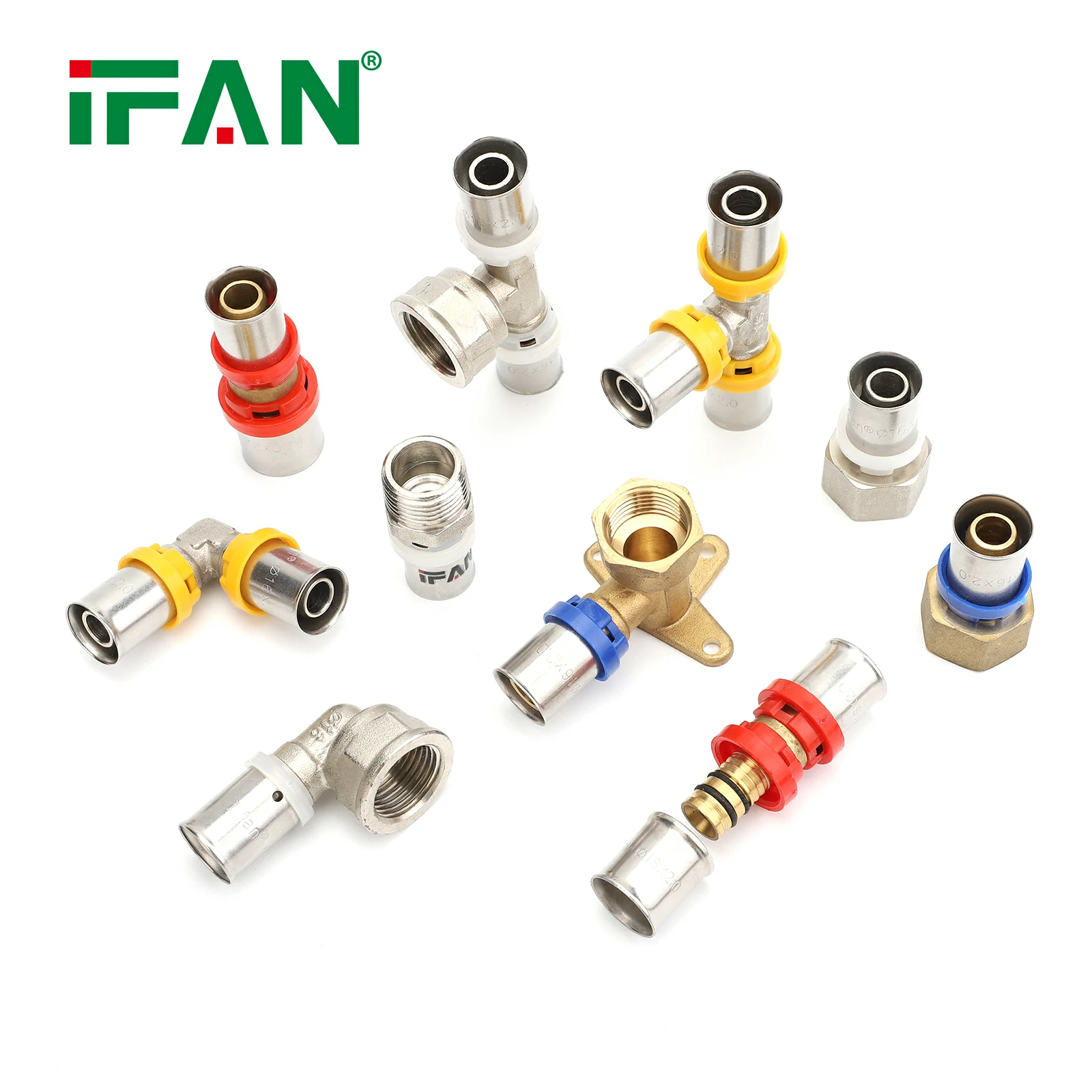Here are the basic tools that you will need to install PEX fittings:
1.PEX tubing cutter
A PEX tubing cutter is used to cut the PEX tubing to the desiredlength. A clean and straight cut is necessary for a proper seal.
2.Crimping tool
A crimping tool is used to compress the copper crimp ring onto the PEX tubing and fitting to create a secure seal.
3.Copper crimp rings
Copper crimp rings are used to secure the PEX tubing to the fitting. The size of the crimp ring should match the size of the fitting being used.
4.PEX fitting
PEX fittings are available in various types and sizes. Make sure to choose the right fitting for your specific application.
5.Deburring tool
A deburring tool is used to remove any rough edges or burrs from the cut end of the PEX tubing, which helps ensure a proper seal.
6.Measuring tape
A measuring tape is used to measure the length of PEX tubing needed for the installation.
7.Marker or pencil
A marker or pencil is used to mark the length of PEX tubing to be cut.
8.Safety glasses
Safety glasses should be worn to protect your eyes from any debris that may be generated during the installation process.
Note: Some PEX fittings come with a pre-assembled crimp ring, eliminating the need for a separate copper crimp ring and crimping tool. Be sure to check the manufacturer’s instructions for the specific tools required for your PEX fitting.






